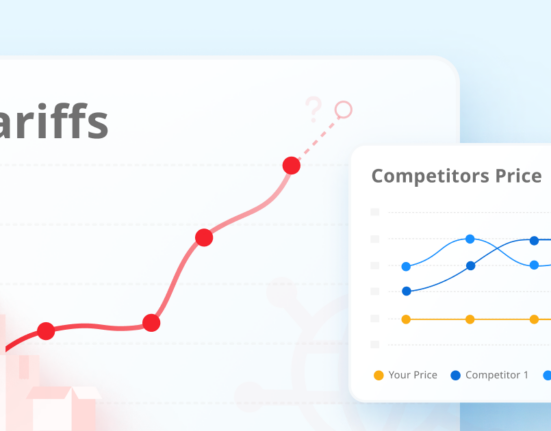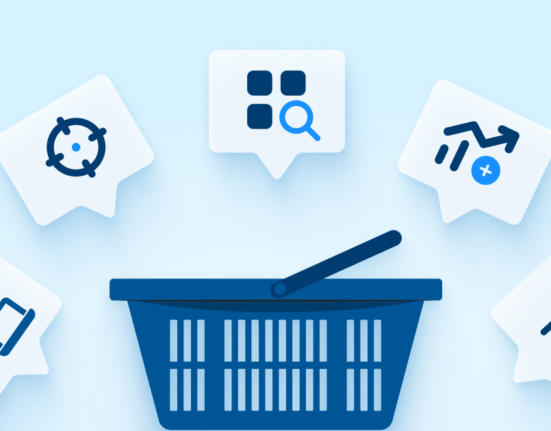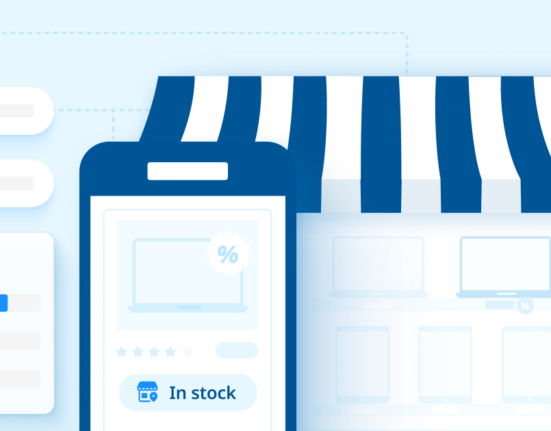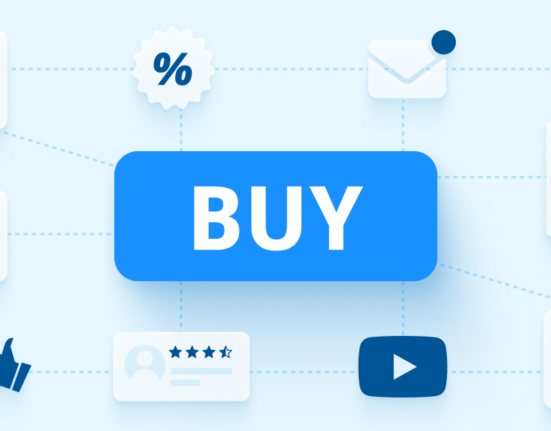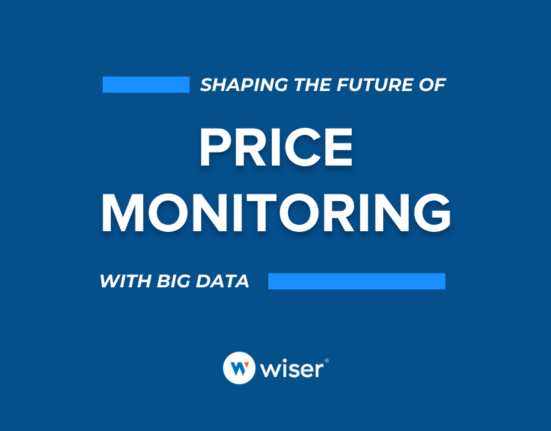A brick-and-mortar store is in constant motion. The assortment, merchandising, layout—all change often.
Why? In order to maximize revenue and provide top-notch customer service, of course. This is great, but there’s a real challenge behind knowing which strategy is the right one. Will that new display drive sales? Will a new product bring in more shoppers? Will a promotion here eat into sales or lift them up?
It’s normal to be a bit nervous about a change inside your stores. What you don’t have to be is unconfident.
Instead, analyze these three datasets—dwell time, traffic patterns, and loyalty programs—the next time you’re planning a change, so you’ll better understand how your decisions will affect consumer behavior.
Why Monitor Consumer Behavior?
Before diving into the metrics, it helps to look at why it’s beneficial for your business to monitor how consumers act.
In speaking with our customers, Wiser learned that many use the following three datasets to support any merchandising and assortment decision. And that makes sense.
What better indicator of a successful initiative than how consumers respond? In addition, this data is also great for increasing sales and revenue, naturally. But it can also lead to improved customer service—you’ll know what shoppers want and how to deliver—plus how to design your entire store for optimal user experience.

Metric #1: Dwell Time
What is dwell time? Dwell time is how long consumers spend inside specific sections of your store.
This metric is excellent for understanding their behavior. Traditionally, longer dwell times mean a greater likelihood that the consumer will buy. In addition, it can often be indicative of a better in-store experience.
Shoppers who spend a long time in the store are there for a reason—typically checking out products, engaging with your brand, speaking with associates, or more. Longer dwell times is a strong sign of higher-intent buyers.
Metric #2: Traffic Patterns
The second metric you should measure if you truly want to understand your shoppers is traffic patterns. Specifically, how your consumers move throughout the store.
What can this metric tell you about consumer behavior? A lot. For starters, you’ll know which areas inside your store are more attractive to shoppers. Then, you can ask why. Ideally, the traffic pattern won’t be a quick entrance and exit.
Instead, you want shoppers to enter and make their way to your best merchandise. You want them to have an easy time navigating and finding what they’re looking for. You don’t want it to be hard to get to the checkout, and so on.
This will help you target your marketing and advertising campaigns inside stores, as well. Position your marketing in the most-trafficked areas to best influence behavior.

Metric #3: Customer Loyalty Programs
Want to tie customer demographics to shopping data? Want to be able to track and reward individual shoppers based on their buying habits? Then you need a customer loyalty program.
These programs become an ideal metric for understanding consumer behavior. As mentioned, you’ll be able to tell which demographics prefer which merchandise. You can also see how they shop (online, in-store), average basket size, and so much more.
Then, you can take your loyalty data and customize your in-store experience. Prominently display top-sellers. Place less-popular inventory near buy to boost sales. Create effective promotions based on historical sales data.
All in all, you’ll have a shopping experience tailored to your most loyal customers. Furthermore, loyalty programs can shed some light on post-purchase behavior as well. You can check follow-up purchases to see if a consumer bought a complimentary item, made a return, and so on.
Optimize Your Decision-Making with These Metrics
You have many options for how you could improve your brick-and-mortar stores.
No matter which way you go, keep in mind dwell times, traffic patterns, and customer loyalty programs. These three datasets can provide valuable insights into customer behavior and help guide the way forward.
With high-quality data in hand, you’ll have more confidence in your assortment, merchandising, and store layout decisions. Best of all, your shoppers will be happy.




